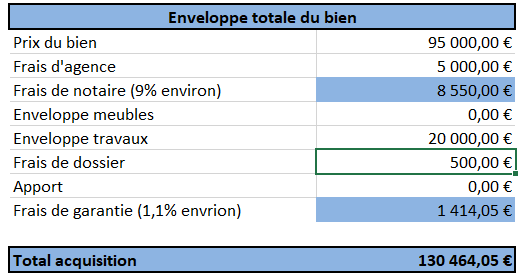

One or more separate measures, aligned with relevant compliance functions, are frequently provided for this purpose. Without a metric for measuring the short- and long-term environmental, social and governance performance of a firm, decision makers are planning for the future without considering the extent of the impacts associated with their decisions. One limitation associated with the traditional ROI calculation is that it does not fully "capture the short-term or long-term importance, value, or risks associated with natural and social capital" because it does not account for the environmental, social, and governance performance of an organization. Similar to discounted cash flow, a Discounted ROI should be used instead. For long-term investments, the need for a Net Present Value adjustment is great and without it the ROI is incorrect. ROI should be accompanied by the underlying data that forms the inputs, this is often in the format of a business case. The use of ROI as an indicator for prioritizing investment projects alone can be misleading since usually the ROI figure is not accompanied by an explanation of its make-up.


The simplicity of the formula allows users to freely choose variables, e.g., length of the calculation time, whether overhead cost is included, or which factors are used to calculate income or cost components. It can be used by any entity to evaluate the impact on stakeholders, identify ways to improve performance and enhance the performance of investments.Īs a decision tool, it is simple to understand. For example, social return on investment (SROI) is a principles-based method for measuring extra-financial value (i.e., environmental and social value not currently reflected in conventional financial accounts) relative to resources invested. Return on investment may be extended to terms other than financial gain. In a survey of nearly 200 senior marketing managers, 77 percent responded that they found the "return on investment" metric very useful. For a marketing ROI percentage to be credible, the effects of the marketing program must be isolated from other influences when reported to executives. Marketers should understand the position of their company and the returns expected. Marketing decisions have an obvious potential connection to the numerator of ROI (profits), but these same decisions often influence assets’ usage and capital requirements (for example, receivables and inventories). net present value): most textbooks describe it with a "Year 0" investment and two to three years' income. ROI is often compared to expected (or required) rates of return on money invested. ROI and related metrics provide a snapshot of profitability, adjusted for the size of the investment assets tied up in the enterprise. Recently, the concept has also been applied to scientific funding agencies’ (e.g., National Science Foundation) investments in research of open source hardware and subsequent returns for direct digital replication. The investment with the largest ROI is usually prioritized, even though the spread of ROI over the time period of an investment should also be taken into account. It is also used as an indicator to compare different investments within a portfolio. In business, the purpose of the return on investment (ROI) metric is to measure, per period, rates of return on money invested in an economic entity in order to decide whether or not to undertake an investment.


 0 kommentar(er)
0 kommentar(er)
